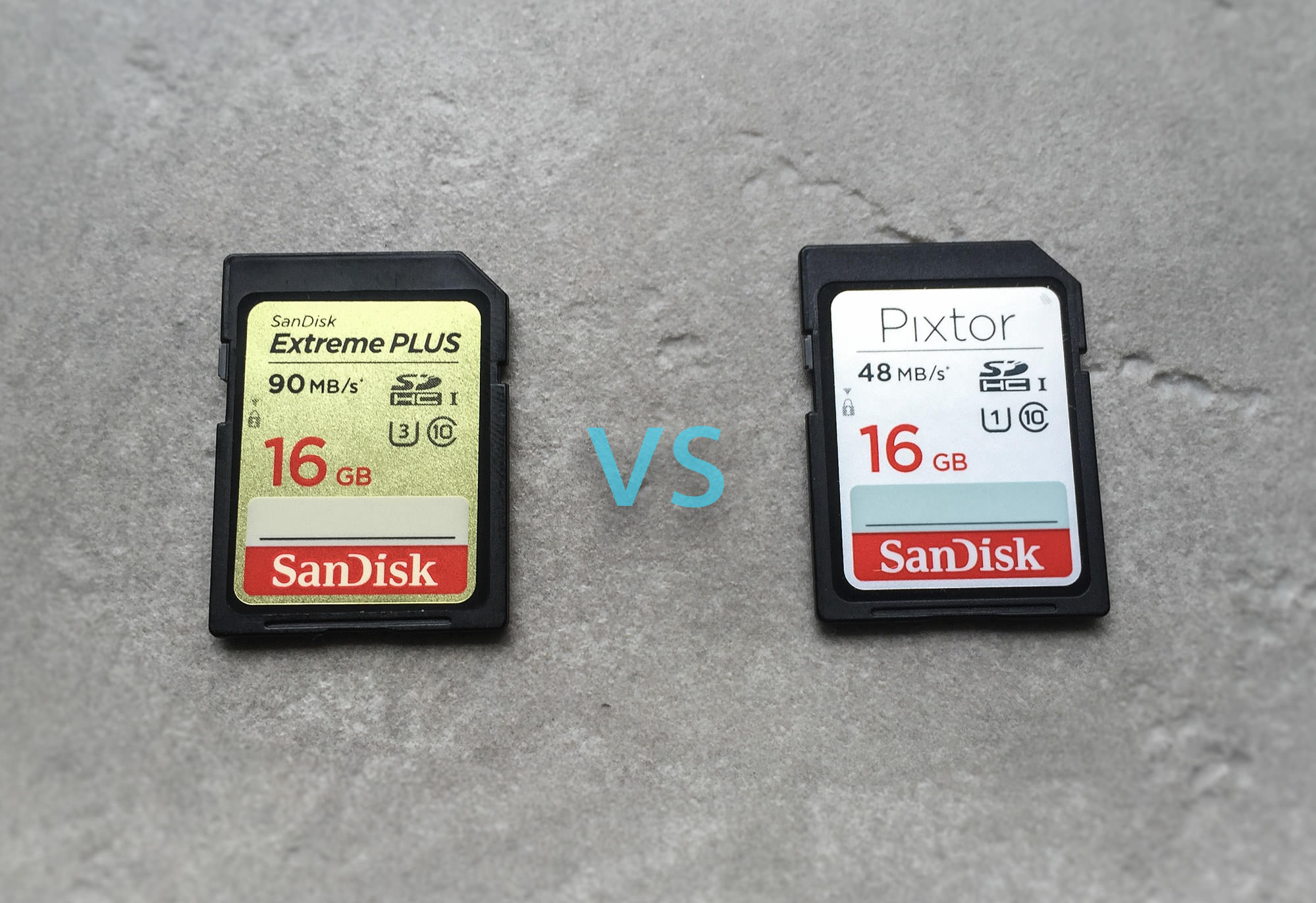
Our field of photography is as wide and varied as a species -It’s almost an allegory for one. And like a living species, no matter how much interbreeding has taken place in the taxonomic unit, there’s a similar baseline, and for us picture makers that unit is the medium that stores the photograph. It was once film, and that’s still there, but arguably, today, it’s the diminutive and rather uninteresting memory card.
Unlike its modern-day evolution, film stocks each had different personalities and character traits. You could expect varied grain, particular color values and all manners of quirks, and we loved them for it. So much so, in fact, we’ve refused to let them go; the proliferation of digital presets to emulate specific stocks are evidence of that.
Memory cards don’t have personality, really; If they were a person you’d imagine they were Ben Stein a lá Ferris Bueller. That said, they are not created equal, and I’ve been fielding questions lately on which card types to buy. What has become clear is that even as integral as they are to our processes, there are a great many camera owners out there who haven’t the foggiest idea about memory card performance, and treat card purchases as a lucky dip. It needn’t be so.
Now, as with anything tech related, we can really get into some deep speak really quickly. We could sit here and debate the benefit of the IDE protocol of CF versus SD’s own protocol system and such, but there are really just a few key things most need to remember, and we’ll address two of the most commonly asked questions, and accompany them with two videos that together do a good job of demonstrating where the cards all sit.
U1 or U3?
The first question is by far and away the most common today, and asks to find the difference between U1 and U3 rated SD cards. What is being asked here is what the difference is between UHS-1 Class 1 and Class 3 cards. In simple terms, UHS-1 Class 1 has a min write speed of 10MB/s, and Class 3 has a min write speed of 30MB/s, and we’re talking also here about increased sustained write speed.
This is a significant difference, and especially critical when recording large amounts of data rapidly, as would be the case recording 4K video. If you’re shooting a small sensor, and just street shooting or portraits, this may not matter much, so just adjust according to how you shoot. Check out the video below to see just quite how much faster the U3 is.
*Great deal right now on SanDisk Extreme 64GB UHS-1 U3 cards here.
CF OR XQD
The second question is one that’s coming up again now with the release of the Nikon D5 and ‘baby D5’, the D500, since they both can take the XQD cards, and the novel nature of these cards at this time has people curious.
Understand, however, that at the moment the primary cards are SD and it’s variants like SDHC and SDXC. Four or five years ago the prediction was that the capacity and speed potential of CF cards was so great they’d take over, but that just hasn’t happened, and SD variants have kept up with camera development causing the gap between the two to narrow considerably. XQD came onto the scene, Nikon endorsed it with the D4, and what we’re seeing is there’s a good chance XQD will be the sort of CF successor.
The XQD cards were introduced with a read/write speed of 125 MB/s, but Moore’s Law and the boffins at Nikon and Sony predict that future iterations of the XQD will be able to write as high as 500 MB/s, and perhaps even 1000 MB/s, with a storage ceiling of about 2TB.
Sounds great right? Well, it is, but options for cameras that take this format are small, so its future is a bit uncertain. However, the adoption of the D500 is going to likely have a lot to do with XQD development, and thus far it’s all positive. Here’s a look at what kind of performance you can expect with an XQD vs CF.
These are just some simplified demonstrations on performance, but it helps to see it rather than just read. Keep an eye out in the next week or so as we bring you more on the D500, and how to deal with corrupt memory cards.
ACCESS TO INDUSTRY-LEADING EDUCATION
Let SLR Lounge guide you in your photography journey with the best photography education and resources. Browse our complete, comprehensive solutions and take the next step in your photography.
BROWSE WORKSHOPS










Get Connected!